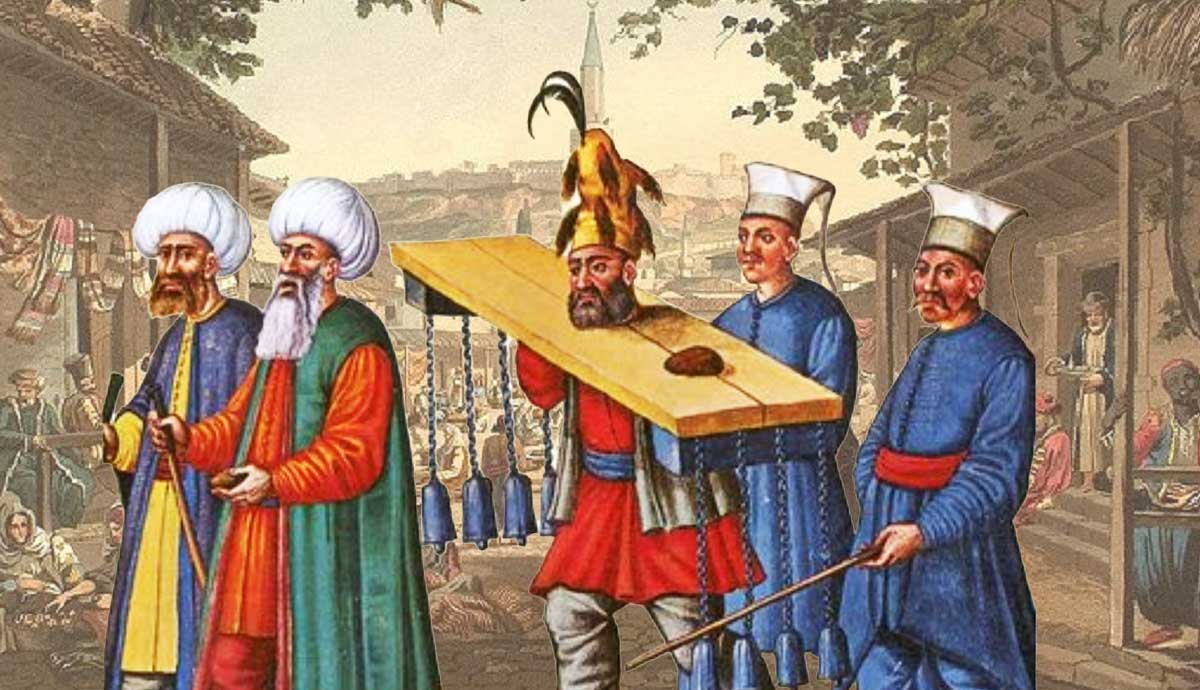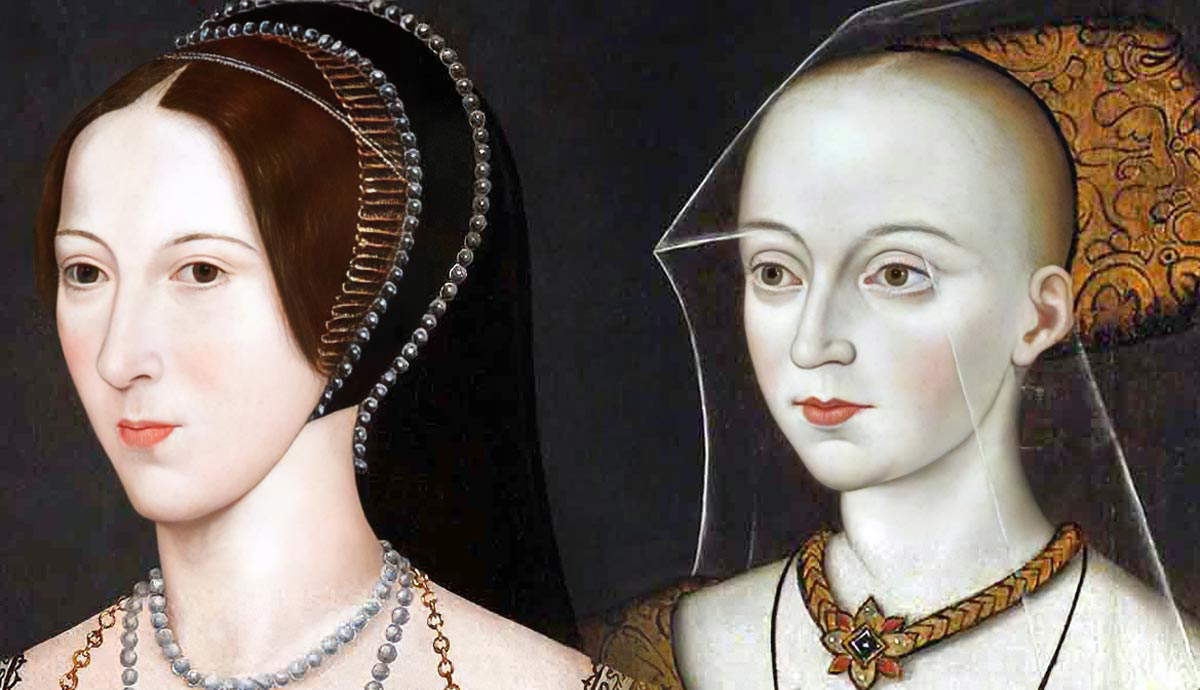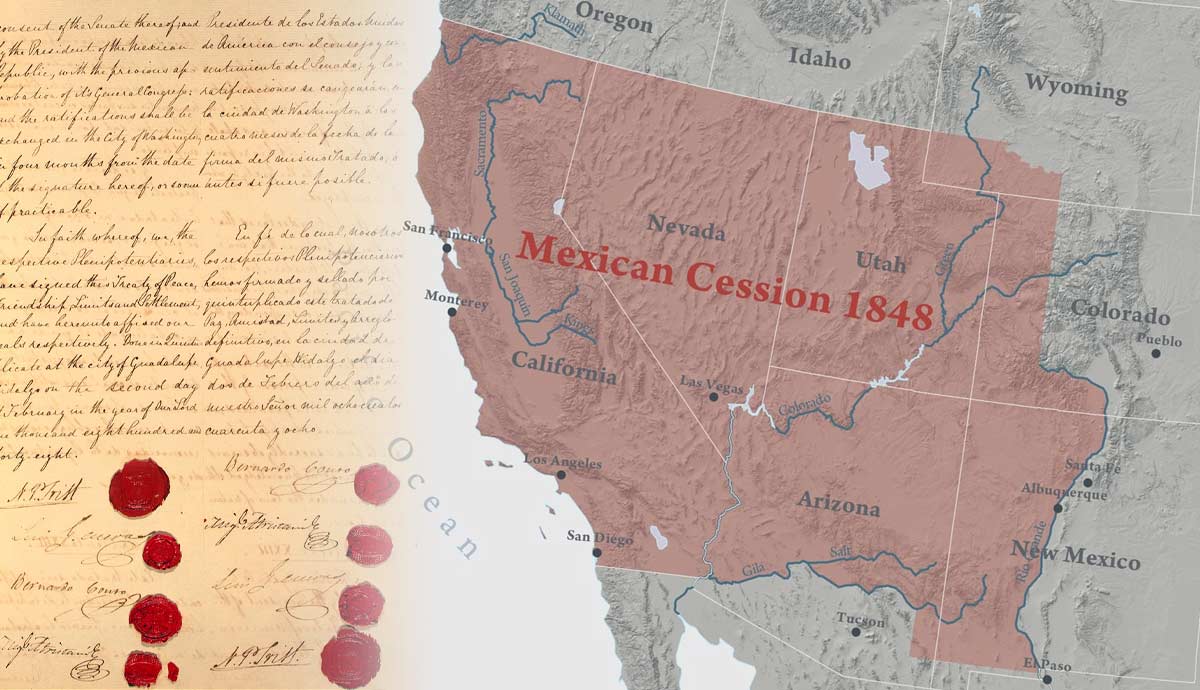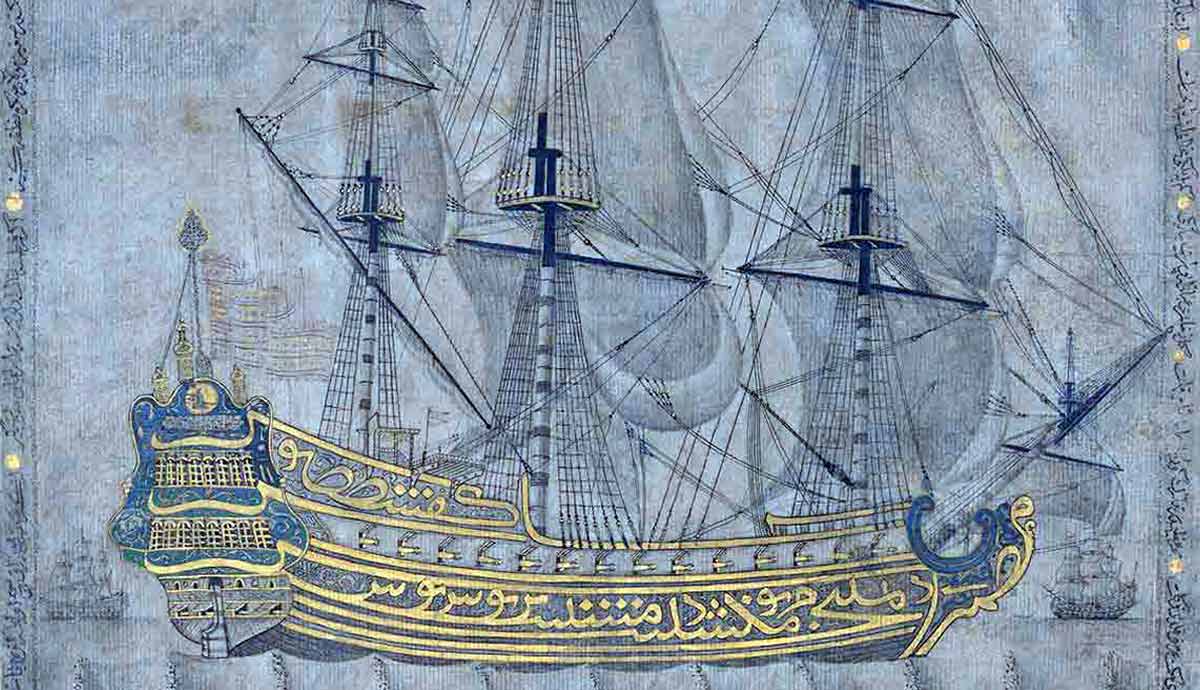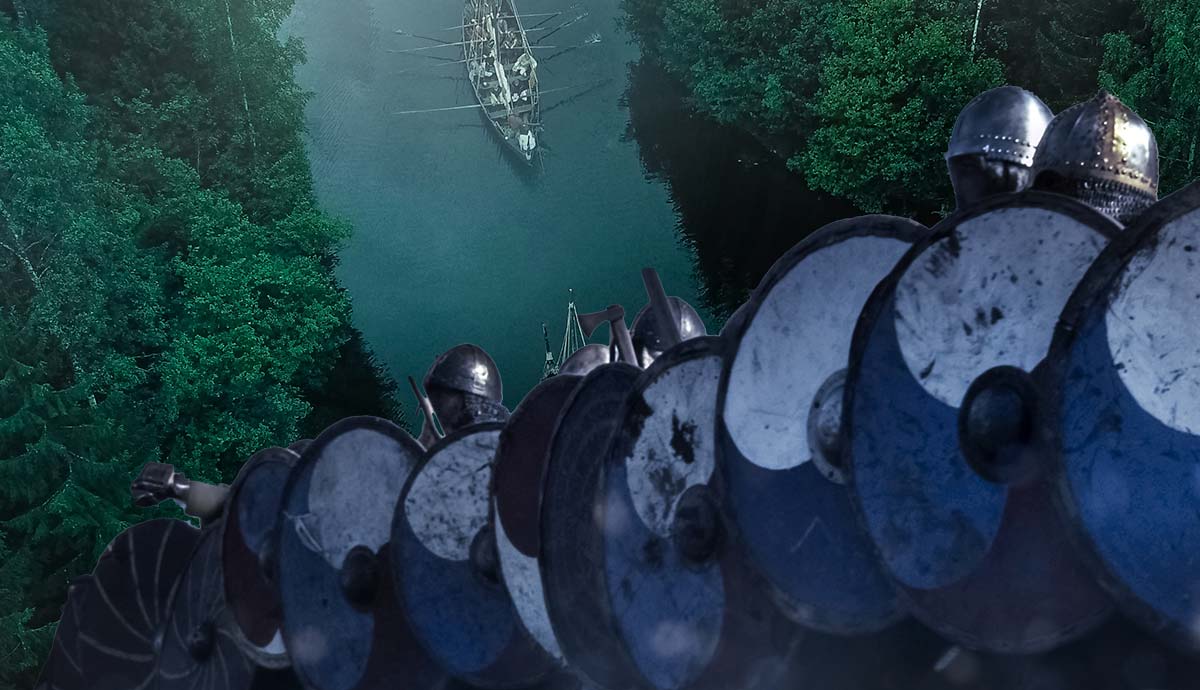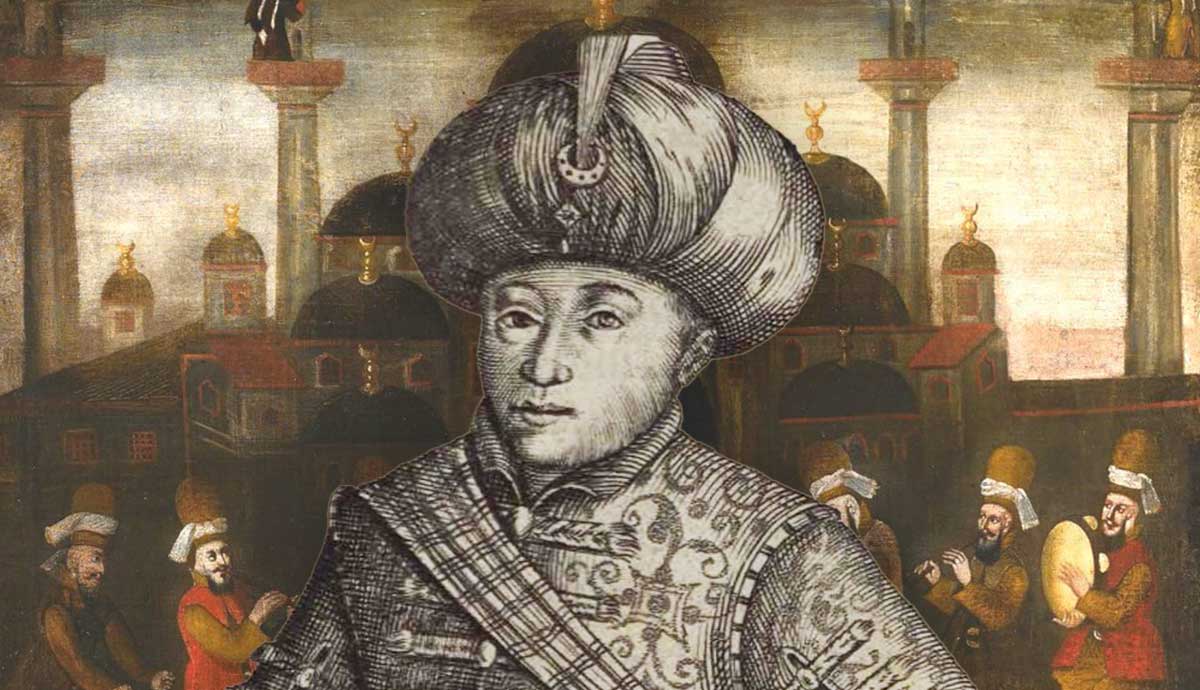
WWW.THECOLLECTOR.COM
The (Very) Tragic End of Osman II, the Reformist Ottoman Sultan
Coming to the throne at the tender age of 13, Osman II, nicknamed Osman the Young, was initially under the influence of the matriarchs of the Ottoman Dynasty. His reformist views and desire to limit the power of the janissaries led to his imprisonment and brutal murder by soldiers.Ottoman Politics in the Early 17th CenturyPortrait of Osmans father, Sultan Ahmet I, early 17th century. Source: Metropolitan Museum of ArtBy the 17th century, the Ottoman Empire had reached the peak of its power. During the reign of Suleyman the Magnificent (d.1566), territories from the Balkans to Crimea in Europe, Algiers to Cairo in North Africa, and much of the Arabian peninsula and the Caucasus were under its rule.However, by the 1590s, Ottoman expansion was halted by the rise of other regional powers, like the Hapsburgs and Safavids, who clashed with the Ottomans over land and resources. Thus, the 17th century began with a myriad of wars, including one with the Persian Safavids in 1603 and the Hapsburgs in 1606.Revolts were also popping up around the empire. The Celali rebellions, a series of rebellions by warlords and rebellious governors, had begun in the 1590s and continued into the 1650s. These rebellions were the result of a deep economic crisis. The influx of silver from the New World, military failures against the Safavids, and corruption among government officials all contributed to the depreciation of Ottoman currency.Much of these crises occurred during the reign of Sultan Ahmet (1603-1617), builder of the famous Blue Mosque in Istanbul. At the same time, royal women began to exert visible power and influence over court politics, a great change from previous centuries. Ahmets wife Ksem was arguably one of the most influential women of the period, followed by Hrrem Sultan, wife of Suleyman the Magnificent. Ksems main rival was Mahfiruz, another consort of Ahmed. This rivalry reached dangerous heights when Ahmet died in 1617.Ahmets Death: Osman Becomes the SultanLine engraving of Sultan Osman II, dated 1621. Source: National Galleries of ScotlandOsman was born in 1604 to Sultan Ahmet I and his consort Mahfiruz Hatun. He was Ahmets first-born son and probably doted upon until Ahmets favorite consort Ksem also had a son. When Osmans mother fell out of favor with his father, she was sent away to another palace.When Ahmet died in 1617, Osman was the eldest heir to the throne. Though not an infant or younger child, Osman was still considered by some to be too young at 13 to become Sultan. Therefore, Ahmets brother Mustafa I, also known as the Mad succeeded to the throne. This was a major turning point in Ottoman history as it was the first time a Sultan was succeeded by a brother, rather than by a son.However, Mustafas alleged mental instability led to his deposition only a year later. This left the 14-year-old Osman to be instated as Sultan in 1618.Off to WarWar between the Ottomans and Poles, Battle of Chocim, by Josef Brandt, 19th-century depiction. Source: Wikimedia CommonsOsmans young age did not stop him from fulfilling his duties as Sultan. When the Safavids, long-time enemies of the Ottomans, voiced their desires for an end to Ottoman-Safavid hostilities, Osman agreed. The Treaty of Serav ended the 15-year-long war between the two empires and secured the Ottomans an annual payment of 100 loads of silk.Campaigns into European territories were an Ottoman pastime that impacted public opinion on the sultan. A lack of war could point to a sultans lack of faith and religious fervor. However, in the eyes of the sultan and his officials, war was more about politics and wealth, than about religion. Changing balances of power in the Balkans meant that Osman needed to initiate another campaign to protect his interests.The sultan had this opportunity during the Moldavian Magnate Wars when nobles of the Polish-Lithuanian Commonwealth sought territorial expansion into Moldavia, then part of the Ottoman Empire. These ambitions, plus the incessant Cossack raids on Ottoman borderlands and losses against the Safavids, threatened Ottoman power in the region. However, Osmans campaigns against Polandwhich ended in a peace treatyultimately damaged his reputation.The Janissary IssueA Janissary of War with a Lion, painted by Jacopo Ligozzi, ca. 1577-80. Source: Metropolitan Museum of ArtFormed in the 14th century by Sultan Murad I, the janissaries were the elite fighting corps that had led the Ottomans to military success and imperial growth for centuries. As slave soldiers, they were considered the property of the sultan and therefore owed fealty to his person. However, over the centuries, the janissaries had engaged in rebellions and played a hand in the trajectory of court politics. From 1446 to 1603, there had been seven political rebellions triggered by the janissaries.Despite this, the sultan and janissaries had a mutually dependent relationship. The sultan needed a force to continue his conquests and increase Ottoman territory. As a fighting force, the janissaries were trained to do so and thus earned special privileges. Often from the lower or peasant class, janissary troops depended upon this systemand the sultans good graceto earn their salaries and attain socio-political influence.By the late 16th century, the janissary corps had become riddled with corruption. In theory, their loyalty was supposed to be solely with the sultan. However, the janissaries often supported young princes who were seen as contenders for the Ottoman throne. They also undermined rules that ensured discipline and order in the corps; in 1566, they pressured Sultan Selim II to allow them to marry. This decision was detrimental as recruitment, which had been based on skill and merit, began to take on a lineal (i.e. from father to son) character.Osman Clashing With the TroopsCoronation of Sultan Osman II, depicted on a throne (center right), ca. 1618. Source: SothebysGrowing up in the palace, Osman was aware that the janissaries were changing, and not for the better! The reluctance of the janissaries to fight during Osmans campaign in Poland ultimately sealed their fate. Osman began preparations to replace their force with an army of Anatolian sekbans. These peasants often acted as mercenaries or irregulars during wartime.Under the guise of going to Mecca to perform the holy pilgrimage, Osman planned to visit Anatolian provinces and gather recruits for this new fighting force. It is unclear how the janissaries uncovered this plan; perhaps through a discontented court official or slave. Osman did not have the support of a powerful valide which was essential to the success of Ottoman sultans and princes. He had also alienated Ottoman officials of the devshirme class (those of Christian Balkan origin) by encouraging intermarriage with Turkish families.Portrait of Osman II on horseback, painted by Ahmed Nakshi, c. 1620. Source: Harvard Art MuseumFearing the loss of their power and prestige, the janissaries began a revolt against the sultan. They gathered at the At Meydaninow known as Sultanahmet Squareand looted the houses of several prominent officials, including the grand vizier Dilaver Pasha. Hearing of the revolts, Sultan Osman inquired about their demands, which consisted of his abdication. His refusal to comply with these demands pushed the rebels to storm the Topkapi Palace. Here, they killed the grand vizier and the powerful head of the Harem eunuchs, Suleyman Agha.Osmans Tragic EndThe Murder of Osman II, by Paul Rycault, c. 1694. Source: Wikimedia CommonsOsman continued to try to quell the rebellion of the janissaries who were increasing their demands by the hour. The sultan sent his advisors, such as Grand Vizier Ohrili Hseyin Aa and Bostancba Ali Aa to negotiate with the soldiers. Yet the ferocious rebels, now on a rampage, beheaded the grand vizier. Arriving at the palace, they finally caught Osman, parading him through the streets of Istanbul.Osman was initially set to be strangled with a cord, as was the typical method of executing those of royal blood. However, Kara Davud Aa, a statesman who supported Mustafas bid for the throne, was on good terms with the janissaries and dissuaded them from executing this plan in the mosque where they were holding the sultan captive. Instead, Sultan Osman was taken to the Yedikule Fortress, a massive structure built in 1458 that was used as a royal dungeon for political prisoners.On the following day, Kara Davud Pasha, his chamberlain, and the executioners entered the room in Yedikule Fortress where Osman the Young was imprisoned. Osman put up a brave fight, however, he became unconscious after a blow to the head. He was thereafter strangled to death.Kara Davud Pasha, who caused the death of Young Osman, was dismissed from duty and killed in Yedikule Dungeon a year later, just like Sultan Osman had been. Later, everyone involved in the Young Osman incident was caught and executed.Aftermath of Osmans DeathPortrait of Mustafa The Mad. Source: Encyclopedia of IslamOsmans death was memorialized as a tragic and brutal event in the dynastys history. Osman was not only strangled to death but was mutilated afterward. His nose and ears were purportedly cut off and presented to Halime Sultan, mother of Mustafa I, as evidence of his death. This brutal incident shocked contemporaries and continues to be seen as a tragedy today.Internal conflict was thus triggered by Osmans murder. Abaza Mehmed Pasha, the governor of the province of Erzurum and critic of the janissaries, led a long revolt that lasted throughout the reigns of Mustafa and his successor, Murad IV (1623-40).Ultimately, Osmans death was indicative of a period of decline in the Ottoman Empire. The corrupt janissaries continued to dominate Ottoman politics until their disbandment in the 1820s. Mustafa Is mental instabilityin contrast to Osmans ambition and desire to revolutionize the empireled to his manipulation by his entourage, including his mother and Kara Davud Pasha, his brother-in-law. The weakness of Mustafa I even affected the foreign opinion of the Ottomans, with English Ambassador Thomas Roe commenting that the new sultan was a fool.
0 Commenti
0 condivisioni
102 Views




